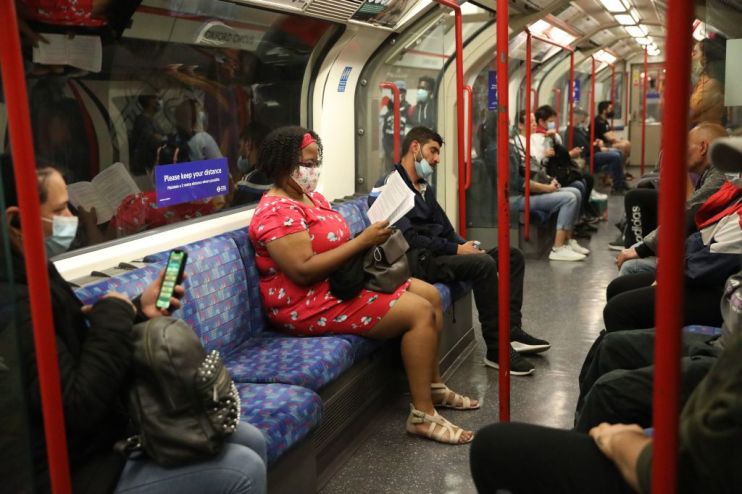Sadiq Khan is wrong — extending the furlough scheme would hinder London’s recovery, not help it

Warning of a “looming unemployment crisis”, Sadiq Khan this week made an appeal for a further extension of the Coronavirus Job Retention Scheme (CJRS), under which more than a million Londoners have been furloughed.
His concern for London jobs is understandable. But it would be wrong to continue the scheme beyond October.
Furloughing made sense initially. The government had to take responsibility for the enormous costs it imposed on businesses and their employees by dramatically banning much normal economic activity.
Maintaining the existing workforce via furloughing would, the argument went, enable businesses to switch back to full production quickly when lockdown ended. If workers had instead been let go in very large numbers, it would have taken months to re-engage sufficient staff to get back to pre-lockdown output levels.
But this vastly expensive scheme — it may end up costing £80bn in total, according to the Office for Budget Responsibility — cannot be sustained indefinitely.
The CJRS was put together hastily. Unsurprisingly, it has imperfections. In retrospect it might have been better to adopt something like the German kurzarbeit scheme. This pays employees to work short hours rather than cutting them off completely from the employer as our model has done so far — although this is now being changed.
The furlough scheme is an extreme case of a wage subsidy programme. There have been many such in the past, and they come with inherent dangers.
One is fraud. There are significant opportunities, as Rishi Sunak knows, for dodgy practices — claiming for ineligible workers, side-payments for “employers” who declare workers furloughed, and having furloughed employees to surreptitiously continue to work. And, of course, the CJRS is backward-looking, subsidising old businesses and existing hires rather than encouraging new ones.
Still, it met the immediate needs of the hour. Now, the CJRS grant is to be tapered, with employers paying an increasing proportion of the costs from the beginning of August, and the whole scheme winding up at the end of October.
These changes are consistent with the timeline for lifting lockdown, which has allowed non-essential retail to reopen this month and many leisure, hospitality and personal services to return from early July.
Khan is right that there will inevitably be job losses. But the CJRS is only delaying the inevitable.
The longer workers remain furloughed, the less likely it is that their jobs will be there to return to, as more and more companies become zombie businesses, with markets lost as demand and supply conditions inexorably shift.
Most obviously, business models which London has been used to — crowded pubs, restaurants, theatres and clubs — don’t work with social distancing. This is will likely continue, whether formally or informally, for a long time, so the sooner businesses and industries adapt, the quicker the recovery.
Employment patterns can never be frozen by the government’s magic wand. Extended attempts to do so inhibit necessary creative destruction and movement of workers from job to job.
In any six-month period pre-lockdown, we would have expected perhaps 200,000 London jobs to disappear — an inevitable consequence of economic dynamism. But normally at least that number would have been created.
The key to London’s future employment must be job creation rather than trying to hold on to jobs which have gone.
Yet since Sadiq Khan was elected in 2016, we have seen the introduction of the low emissions zone, increased congestion charges, the Uber ban and advocacy of rent controls. In recent weeks, insufficient capacity on Tubes and trains has made the already difficult lives of key workers more dangerous and frustrating.
Rather than pushing for extension of the furlough scheme, which has now done as much as can reasonably be expected, the mayor should do all he can to open London for business again — finding as many ways as possible to slash unnecessary regulation and encourage repurposing and entrepreneurship in our capital.
Main image credit: Getty